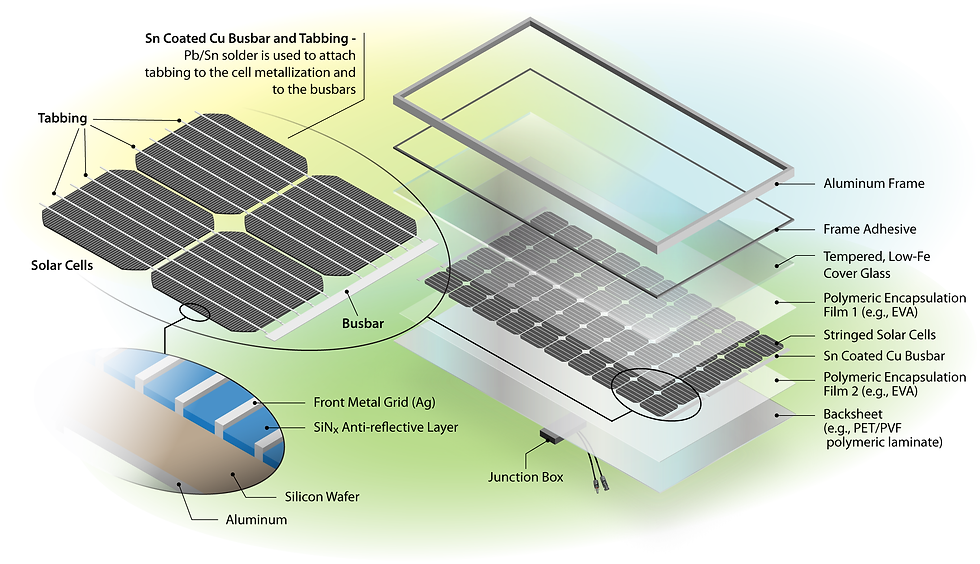An Opportunity to Protect Our Future: Climate Restoration
- Sophie Wassef

- Mar 3, 2024
- 2 min read
Updated: 8 minutes ago
Climate Restoration and its potential to create a safe climate.
Where We Are...
As a global community, humans have experienced many events in the 2020s; we have lived through a pandemic, experienced the rapid development of AI technologies in real time, and witnessed countless global conflicts. Among these developments lies an undeniable constant: the presence of extreme weather events and a global temperature rise acting as consequences of the ongoing climate crisis.
These events are not occurring out of the blue; for decades, scientists have given warnings that harmful human activity, like the emission of excess greenhouse gases, will lead to dangerous global climate changes. However, we all know how this story unfolds: scientists' warnings have been ignored, resulting in their concerns not being treated as the global emergency they truly are.
Though climate scientists try to stay optimistic about Net Zero frameworks involving reducing emissions and transitioning to renewable energy, there is an underlying sentiment that these measures will not be enough. In their search to identify solutions to our ongoing climate crisis, scientists have turned to Climate Restoration.
What is Climate Restoration?
In a broader sense, Climate Restoration (CR) means bringing back the climate that has sustained humans long term. Historically, the Earth and its inhabitants have thrived at CO2 levels of around 300 parts per million (ppm). CR aims to reach the aforementioned levels through the deployment of natural processes that are responsible for removing lots of CO2 in the past.
Here are a couple of these natural processes:
Ocean iron fertilization
Synthetic limestone
Seaweed
Methane oxidation

How is CR different, and why is it essential?
Our current atmospheric CO2 levels are at 420 ppm. This is approximately 40% greater than the historical levels we have lived safely at. You may be thinking, What's the issue? I thought she said there are already efforts to reduce emissions and transition to renewable energies? Won’t these efforts solve our problems?
While the goal of net zero emissions would reduce yearly CO2 emissions by 36 billion tons, there is still the issue of climate pollutants already circulating in the atmosphere. Even if we were to reach net zero emissions tomorrow, we would still have around one trillion tons of legacy CO2 emissions in our atmosphere. As long as these legacy emissions are in the air, they will serve as the main contributors behind the climate crisis.
This is where CR comes in. It represents a new way of addressing our crisis; it focuses on creating a safe climate for future generations. While net zero frameworks focus on reducing emissions to avoid the worst possible effects of climate change, CR aims to actively remove pollutants from the atmosphere to try and bring back a healthy climate. Through following nature’s lead by replicating the natural processes mentioned in the previous section, CR gives us the opportunity to have a future worth looking forward to.
Thank you for taking the time to read!
- Sophie Wassef



Comments